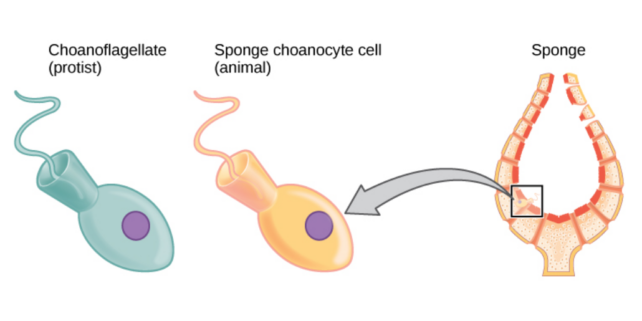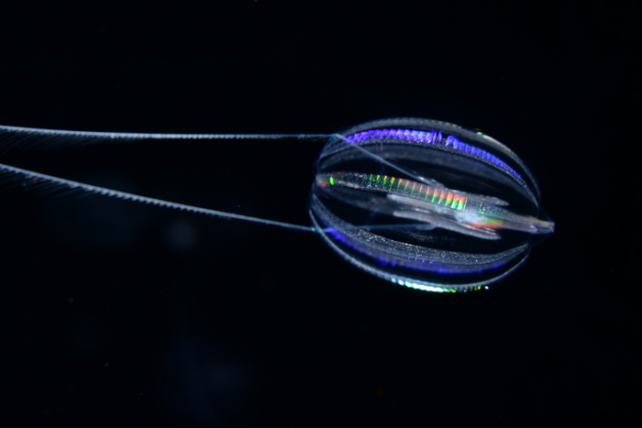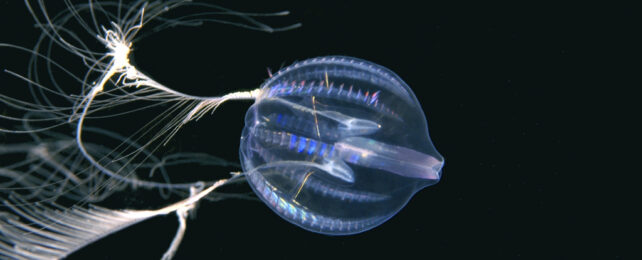Researchers have just found a robust answer to the centuries-long mystery of which multicellular animal first existed on Earth.
Sponges (Porifera) have long been a lead contender for the title of "first" due to their anatomic simplicity – like their lack of a nervous system – but as we've delved deeper into genetic histories, a challenger emerged.
Now new data suggests comb jellyfish (ctenophores), which, contrary to appearances, are only distantly related to true jellyfish, win "first", despite comb jellyfish having a more complex differentiated nervous system. They're a neat example of how evolution is not a straightforward march toward greater complexity.
"The most recent common ancestor of all animals probably lived 600 or 700 million years ago. It's hard to know what they were like because they were soft-bodied animals and didn't leave a direct fossil record. But we can use comparisons across living animals to learn about our common ancestors," explains University of California, Berkeley, molecular biologist and study author Daniel Rokhsar.
Previous analysis focusing on gene sequences alone yielded contradictory results, with some sequences suggesting sponges got here first, while others indicating it was comb jellies.

By comparing the arrangements of highly conserved gene sequences on their genetic molecules (chromosomes), University of Vienna bioinformatician Darrin Schultz and colleagues found patterns that clearly indicated the order of the evolutionary events between the organisms.
The researchers compared their newly sequenced genomes of the comb jellyfish, two marine sponges, two single-celled animals (choanoflagellates and amoeba), and a microbial fish parasite related to both animals and fungi (ichthyosporea) to other more modern animals.
The linkage of highly conserved gene sequences found within the same chromosome across all animals revealed an evident pattern. Sponges and more modern animals all share the same traits from a rare type of chromosome fusion and rearrangement event. But this was not present in the comb jellyfish, whose genomes are arranged more like the other unicellular animals.
"That was the smoking gun," exclaims Rokhsar. "We found a handful of rearrangements shared by sponges and non-ctenophore animals. In contrast, ctenophores resembled the non-animals. The simplest explanation is that ctenophores branched off before the rearrangements occurred."
So comb jellies most likely evolved first, followed by sponges. Those sponges then passed on their new mixed-up chromosome arrangement to descendent animals.

"It took some statistical detective work to convince ourselves that this really is a clear signal and not just random noise," says Rokhsar. "Because we're dealing with relatively small groups of genes and perhaps a billion years of divergence between the animals and non-animals.
"But the signal is there and strongly supports the 'ctenophore-branched-first' scenario. The only way the alternative sponge-first hypothesis could be true would be if multiple convergent rearrangements happened in both sponges and non-ctenophore animals, which is very unlikely."
The new techniques the team developed to make this discovery will allow other evolutionary mysteries to be probed more accurately through deep time.
"The fingerprints of this ancient evolutionary event are still present in the genomes of animals hundreds of millions of years later," says Schultz.
"This research gives us context for understanding what makes animals animals. This work will help us understand the basic functions we all share, like how they sense their surroundings, how they eat, and how they move."
This research was published in Nature.
